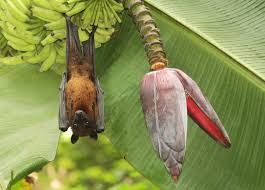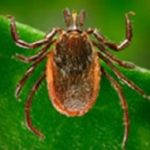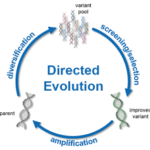Zoonosis and Nipah outbreak
Zoonosis is any disease transmitted from vertebrate animals to humans. This definition is given by World Health Organisation (WHO). Zoonosis is an infectious disease and can be caused by a virus, bacteria, fungi or parasite. The disease is naturally transmitted between vertebrates and humans. Bird flu, ebola, anthrax, dengue, swine flu and rabies are examples of zoonosis. HIV was also a zoonotic disease transmitted to humans in the early part of the 20th century. But, it has evolved as a separate human-only disease. Many of the influenza that affects humans are human diseases. But, diseases coming under swine and bird flu are zoonoses. When the viruses combine with human strains of the flu and spread, they can cause pandemics.
Direct, indirect and reverse zoonosis
1,415 pathogens are known to infect humans. Of these 61% are zoonotic. Majority of human diseases find origination in other animals. There are different modes for transmission of diseases. In direct zoonosis, the disease is transmitted from animals to humans through media such as air, bites and saliva. Rabies is an example for direct zoonosis. If disease transmits through an intermediate species it is termed indirect transmission and the species in between is known as vector. Reverse zoonosis or anthroponosis is the opposite action wherein humans infect other animals.
Nipah virus and fruit bats
Nipah is a virus named after Kampung Sungai Nipah, a village in Malaysia where it was first identified in 1988-99. Nipah virus induces brain inflammation. Nipah is believed to be transmitted from the largest bat species, flying foxes or mega bats. These are a part of the fruit bat family called pteropid bats. They are fruit eating bats and live in trees. Bats have been identified as one of the largest reservoirs of a number of severe infectious diseases which include ebola, Nipah and Hendra.
The virus survives in the body of the bat without causing any disease to it. But the virus enters susceptible mammals like humans or pig when it comes in contact with them. The transmission of disease from bat to human happens when one consumes fruits partially eaten by affected bats. The best way to prevent infection is avoiding fruits fallen to ground especially if they have broken skin.
Increasing trend in diseases caused by bats
The rate of transmission of diseases from bats to other organisms is showing an increasing trend in recent times. Researchers believe that loss of natural habitat of the bats through human activities is the major reason for the same. Increasing agriculture activities and urbanization are major causes that compel bats to leave natural habitat and enter human dwelling areas.
Nipah outbreaks
World’s first nipah outbreak occurred in Malaysia in 1998 and thereafter in Bangladesh. A nipah outbreak was identified in Kozhikkode of Kerala state in India in 2018. In all these cases, virologists identified fruit eating bats as the possible source of infection.
Symptoms, modes of transmission and precautions – Nipah outbreak
The major symptoms of the disease are:
Fever, headache, vomiting, fainting and symptoms of epilepsy
Symptoms may exist for 10-12 days after which the infected falls unconscious
Death may happen as brain fever develops at the final stage
Nipah virus and disease spread through following modes:
Fruit bats to animals through bites
Animals to other animals through fluids
Bats to humans when fruits bitten by bats are consumed
Animals to humans and from humans to humans through body fluids
The following precautions will prevent spread of the disease:
Avoid eating fruits eaten by birds and animals
Wash hands properly if comes in contact with infected people
Wear masks and gloves while attending patients
Avoid toddy from areas where bats are found in large numbers.
What is the importance of Patisiran or Onpattro?
3D neural compass cells enable our navigation: Bats









